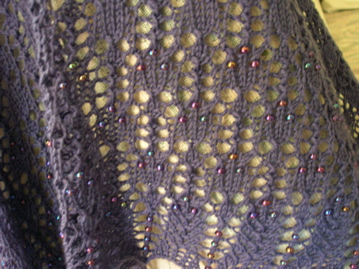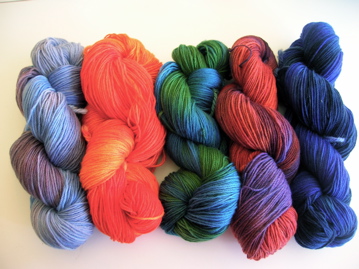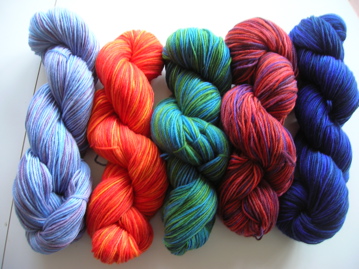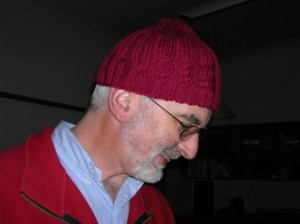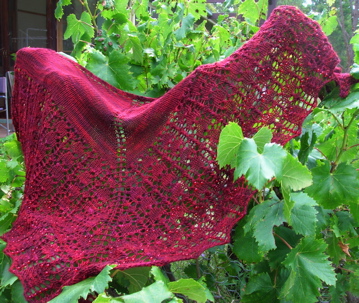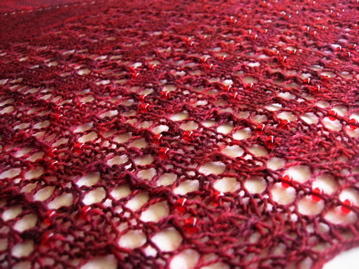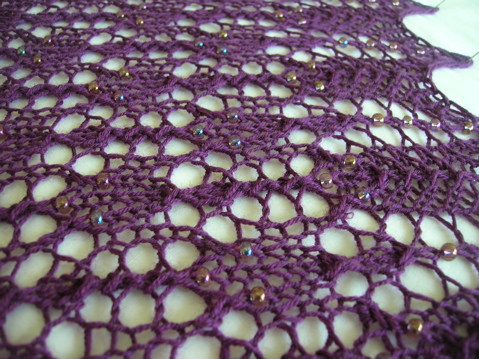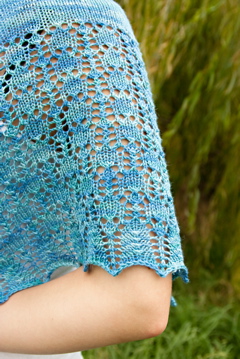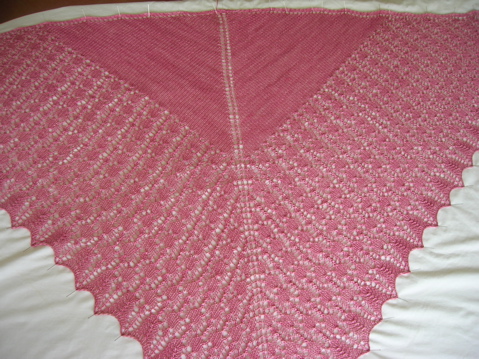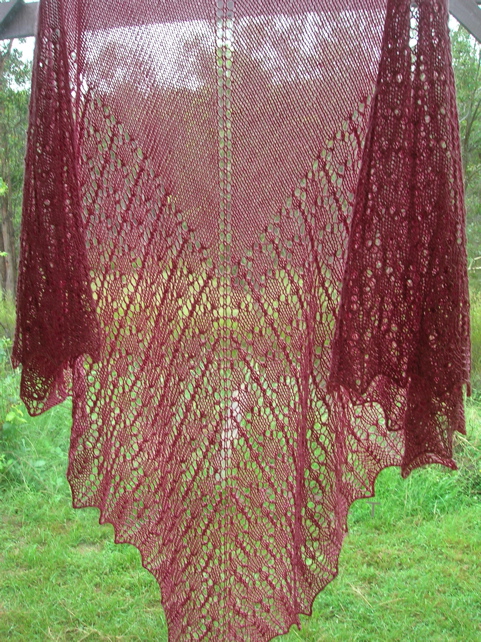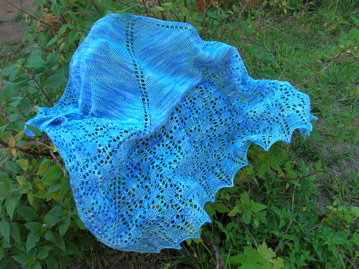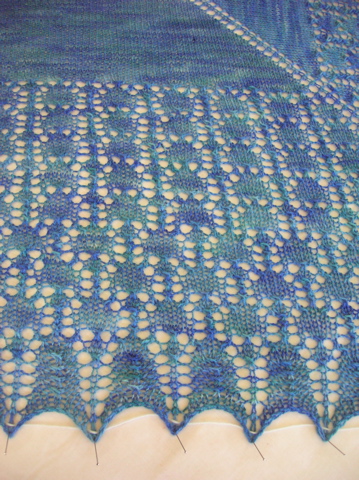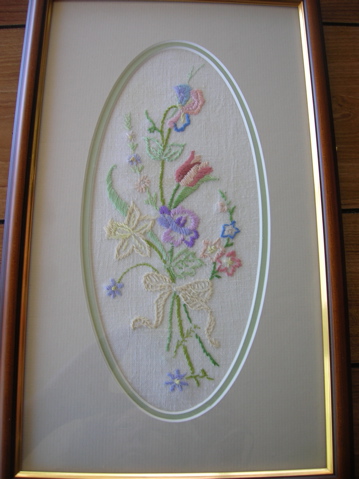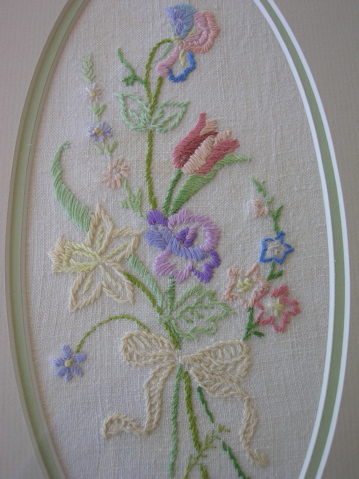Having been involved in textile crafts in various ways for many years, I’m very aware that ‘Craft’ is rarely valued as much as ‘Art’, sometimes to the extent that the very notion of ‘craft’ is often derided – especially if it relates to women’s activities. When I was writing the new ‘About’ page for this blog, I included a quote from Japanese philosopher Yanagi Soetsu that I’d come across some years ago, and always loved. It really captures for me the essence of craft and its importance, and I think it makes an effective differentiation between the arts and the crafts, while placing value on both:
“The special quality of beauty in crafts is that it is a beauty of intimacy…. The beauty of such objects is not so much of the noble, the huge or the lofty, as a beauty of the warm and familiar. Here one may detect a striking difference between the crafts and the arts. People hang their pictures high upon the wall, but they place their objects for everyday use close to them, and take them in their hands”.
The beauty of intimacy… of the warm and familiar… I was contemplating this morning how art could, in a general sense, be regarded as being a public practice. While the creation may be a solitary process, it is often with the goal of a statement, a performance, a display, aimed to challenge and provoke thought, a reaction, or to provide a perspective on an idea. Whereas with craft, the creation is generally more personal, indeed more intimate, the item usually crafted to be used by individuals in daily life.
Perhaps art has the potential to take us beyond ourselves – the catch in our breath as we see an idea in a new light; the awe of something so beautiful we cannot help, for a long moment, simply being still and admiring it. I remember, at age 20, sitting in a small, dim room in London’s National Gallery for half an hour, just gazing at Leonardo Da Vinci’s cartoon of The Virgin and Child with St Anne & St John the Baptist:

It’s a beautiful work; what caught me most, and what still captures me every time I see the image, is the expressions on the faces of the two women; the young mother, absorbed in maternal wonder, watching her child, and the other mother, watching her, her expression full of shared understanding and empathy with that maternal wonder.
I don’t know the name of the potter who made the mugs, sugar bowl and milk jug I bought in New Zealand, on my first trip overseas, back in December, 1980. But almost every morning for 29 years, when I wrap my hands around my mug of morning tea, and in the evening when I drink a mug of chamomile tea, I appreciate the work of the unknown potter, the perfect shape of the mugs for my hands, the smooth texture, the beauty of the deep blue glaze against the dark brown base.
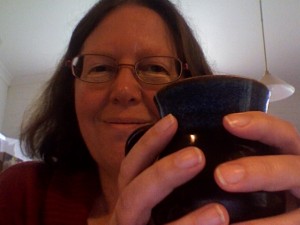
But the value of crafts often goes beyond that of a beautiful, functional item.
When my DH wears his hand-knitted cap in winter, with his name knitted in binary code into the cable pattern, he knows it is a practical expression of love and commitment.
When my niece, then a toddler, insisted on putting on her Christmas gift dress immediately, she already had some concept of handmade gifts.
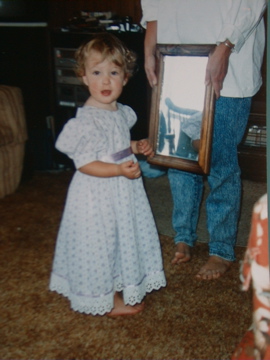
And as she and her brother grew up, the various items that Mum and Aunts and Grandma knitted, embroidered and sewed for them were worn with pride, the kids’ self-esteem boosted by the knowledge that they mattered enough for us to spend time making special gifts.
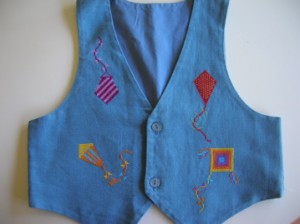
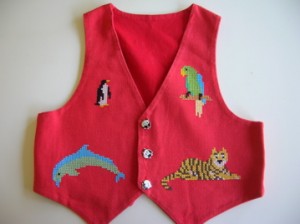
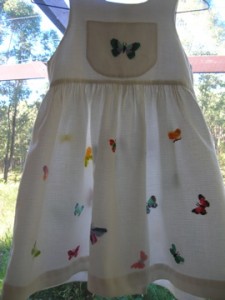
And each time my sister wears the beaded Aeolian shawl I gave her for Christmas, she knows I spent weeks knitting it, thinking of her, and feels wrapped in love.

All around the world, millions of people every day hand craft items for daily use; some to earn a living, some out of necessity, some for pleasure, some to give as gifts. While an attempt could be made to estimate the value of those crafts in simple economic terms – cost of materials, cost of production, cost of distribution, value at sale – no economic measures can ever hope to convey the personal and social value, and the richness and beauty that crafts can bring to our lives.
Like this:
Like Loading...
